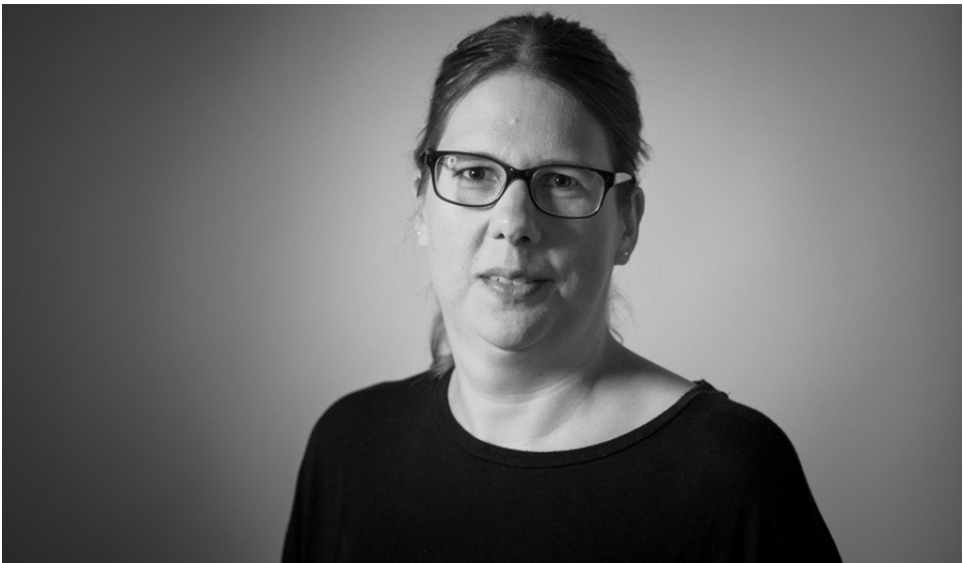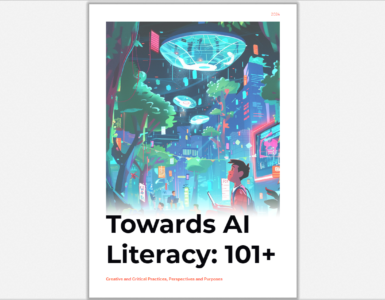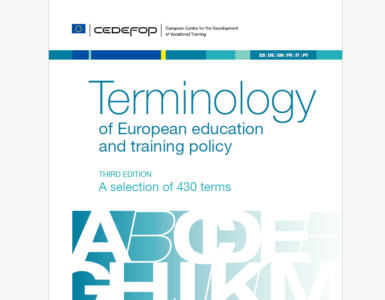by Chrissi Nerantzi, Sandra Abegglen, Marianna Karatsiori, Antonio Martínez-Arboleda.
This year has led to an explosion of interest in Artificial Intelligence (AI) and its potential uses in education for teaching, learning, support, assessment as well as inquiry and research. Educators were suddenly very keen to try and play with a range of tools that kept popping up since November 2022 and especially since January 2023.
This emergence of AI can be traced back to numerous factors. Advances in computing power, coupled with the development of sophisticated algorithms, have made AI more practical and affordable. The open-source movement has also played a pivotal role by fostering collaboration and knowledge sharing in AI development. As a result, AI technologies and tools are no longer confined to the exclusive domain of tech giants and research institutions; they have become tools that educators and students can use and engage with.
We, the authors of this article, are all working in Higher Education in the United Kingdom, Canada and Greece and are part of the international #creativeHE community. Experimentation is part of what we do. We try out novel ideas and work together. So, that we came together to explore generative AI in this way and bring many others on board. What has emerged is a crowd-sourced, open-access book with 101 creative ideas to use AI in education, with contributions from 18 countries.

Figure 01: #creativeHE logo
We are so pleased that the wider open academic community embraced the idea and generously contributed their early experiments. We need to emphasise that what is included in this first collection are early experiments curated from the 2nd of February until the 31st of March 2023.
Especially the release of ChatGPT to the public marked a significant milestone in the accessibility of advanced AI. Offering natural language understanding and generation capabilities, it opened doors for diverse applications, from content generation to virtual assistance. Its availability empowered educators to harness the power of AI-driven language models for various tasks and creative endeavours. Hence, many contributions mention and make use of ChatGPT. Yet, there are other ideas revolutionising the learning experience for students and educators alike, and ensuring ethical and responsible use and addressing concerns about privacy and bias.

Figure 02: 101 Creative Ideas to Use in education, table of contents
We have been embracing in our approach and included ideas that came from many educators, educator-students and researchers early on in their explorations and experimentations with AI. Creativity can be something very personal and localised, something new that adds value in a particular area for a particular individual and/or group. For us this is everyday creativity and it is extremely valuable as it illustrates commitment to the new, to experimentation, to taking risks, to following new paths and making new paths.

Figure 03: 101 Creative Ideas to Use in education, table of contents, about the collection
We may have in this first collection many ideas that are similar, as noted by Jacob Pleasants, who did a valuable analysis on the contributions included in this collection and asks some important questions. For us that many of the ideas were similar was not surprising, especially since AI was only just discovered by many educators. Educators often face similar challenges and perhaps their quest to overcome them led to the experimentation with similar tools and questions. However, the contributions overall were experimental, and novel in their context. Yet, if we would check the degree of novelty or rarity we would be attempting to measure creativity similarly to what the Guilford and Torrance tests of creative thinking attempted a long time ago. We didn’t attempt to measure or compare how creative ideas were in comparison with other ideas. For us, the editors, it was and is about creative practice, the act of creation as an iterative process. Think about creativity as a human centred design process: Daring to try something new, learning from it, iterating, engaging others in our ideas and moving – moving forward and moving on. And also gaining strength for more (adventurous) experimentation.
What we noticed is that in the early stages of experimentation and what we captured in this collection, the majority of contributions came from individuals. Individuals are often the generators and drivers of ideas, but it is the collaboration they forge that helps them grow, diversify and evolve and bring along others who are willing to innovate. We are seeing this already in the continued area of AI and applications in education. So…If you access the collection, you may find a seed there for inspiration and experimentation – and collaboration: https://doi.org/10.5281/zenodo.8355454

Figure 04: 101 Creative Ideas in Education, new calls
We have opened two further calls for contributions, feeling that there is an appetite (our first collections has over 15k views at the time of writing this article) and an opportunity to put two further collections together that focus on: ‘learning resources that professionals working in Higher Education are generating using AI tools’ and ‘creative student learning outputs using AI’.
The 1st call aims to inspire and engage Higher Education Practitioners in the realm of AI-enhanced learning. We seek innovative contributions that exemplify the transformative power of AI tools in higher education, fostering student engagement, community-building, and inclusive learning.
The 2nd call focuses on students in Higher Education. We invite students from diverse disciplines to embark on a creative journey, showcasing how AI tools have amplified their learning outputs. Why is this call important? Because it’s not just about the end result; it’s about the process. Students can share their creations individually or in teams with fellow students or education professionals.
Both calls attempt to explore the yet untapped potential of AI in Higher Education – and encourage continued discussion and experimentation.
Find out more here, including the form to submit your ideas:
- 101 creative ideas: Designing AI-powered learning resources
- 101 creative ideas: Creative student learning outputs using AI
Editor’s note: Sandra Abegglen will be presenting at the upcoming Media & Learning online event titled “Exploring the potential of AI in educational media production” that will take place on 12 December. Learn more about the event here.
Authors



Marianna Karatsiori is a lecturer at the University of Macedonia in Greece. Her main interests are teacher education, foreign language learning, educational policy guidance and reform.

Antonio Martínez-Arboleda is a Professor in Open and Digital Education in the School of Languages at the University of Leeds in the United Kingdom.
Related publication: Chrissi Nerantzi, Sandra Abegglen, Marianna Karatsiori, & Antonio Martínez-Arboleda (Eds.). (2023). 101 creative ideas to use AI in education, A crowdsourced collection. Zenodo. https://doi.org/10.5281/zenodo.8355454














